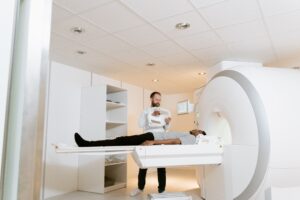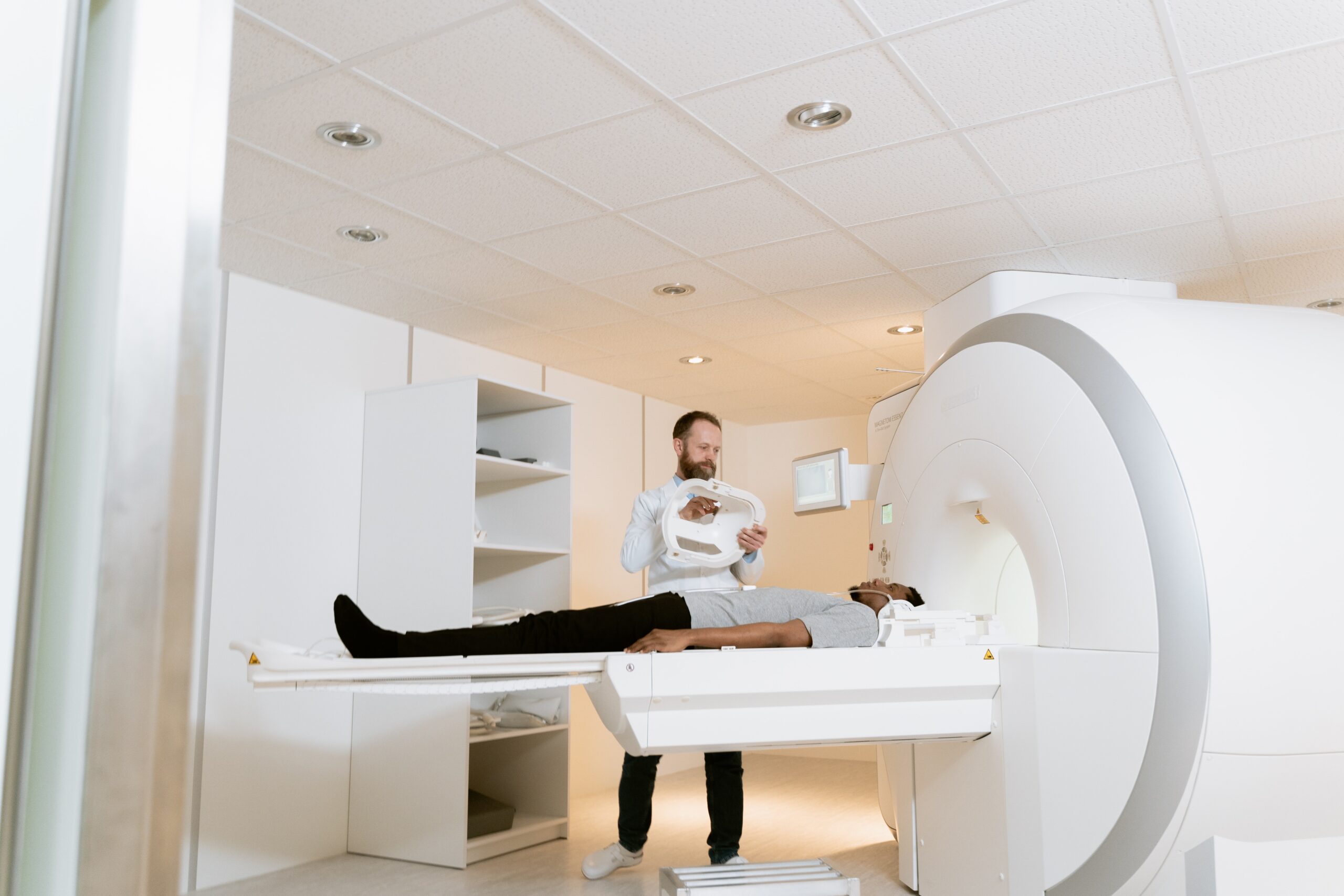Benign Prostatic Hyperplasia is a very common condition among men when aging and mostly over 60 years old. It occurs due to the increased production of cells that are not malignant in the glandular and connective tissue part of the prostate gland causing obstruction and distortion of the outflow of the urinary tract.
The exact cause of the disease is not identified yet although a few factors are identified to increase the risk of the disease.
Who is at Risk?
- Aging- It is rare in men below 40 years and most men experience the symptoms of benign prostatic hyperplasia by the time they reach the age of 60 years.
- Having a family history of a relative having benign prostatic hyperplasia can make you predisposed to get this condition as well.
- Obesity can increase the risk. It is important to do regular exercise and maintain a good BMI to avoid the risk.
- Heart diseases, high blood pressure as well as some medications used to treat these conditions can increase the risk
Signs and Symptoms

- Increased frequency of urination.
- Need for urinating at night and awakening from.
- Sleep due to the need for urination.
- Difficulty or delay in initiating urination.
- Weak urinary stream and urinary stream that stops and starts.
- Dribbling of urine at the end of urination.
- The feeling of being unable to completely empty the bladder.
- Overflow incontinence.
- Blood in urine due to rupture of blood vessels of the prostate gland.
Complications
- Recurrent urinary tract infections can occur due to the inability to fully empty the bladder. If infections occur often, you might need to remove the enlarged prostate by doing surgery.
- Sudden inability to urinate and this might require urgent catheterization to remove urine from the bladder.
- Urinary stones can occur in the bladder which can lead to irritation of the bladder, infections, blood in urine, and painful obstruction in the urinary tract.
- Chronic kidney disease can occur due to back pressure that affects the kidneys for a long time because of urinary retention.
Diagnosis
Initially, the doctor will assess you by taking a history and physical examination. This involves a digital rectal exam in which the doctor inserts a gloved, lubricated finger into your rectum to feel the back wall of the prostate gland. During this examination, the doctor can feel whether the prostate is enlarged and whether the enlargement shows the pattern of a benign or malignant enlargement.
Imaging studies such as ultrasound scans, CT/MRI, urine analysis methods such as uroflowmetry, and blood tests as prostate-specific antigens are the other special investigations that can be used for the diagnosis of benign prostatic hyperplasia.
Management of Benign Prostatic Hyperplasia
The main method of treatment recommended for patients with mild to moderate symptoms are watchful waiting. Because the symptoms can get reduced even without any treatments in some men.
These men with mild symptoms can be advised with steps for lifestyle modification.
Lifestyle Modification
- Reducing the number of liquids you take, before going out in public or before periods of sleep
- Avoiding or reducing intake of caffeinated beverages and alcohol
- Practicing the bladder to hold more urine for a longer period
- Engaging in exercises that strengthen the pelvic floor muscles
- Preventing or treating constipation
Pharmacological Management
- Patients with moderate enlargement and relevant symptoms can be managed using drugs as alpha-blockers including Tamasulosin and competitive inhibitors of 5 alpha-reductase as Finasteride.
- In acute urinary retention, the patients can be provided with catheterization for to relieve pain and establish the urinary outflow. The final step of management is the removal of the prostate gland called a prostatectomy.
References
- Kumar and Clerk’s Clinical Medicine -8th Edition- Parveen Kumar, Michael Clark
- Oxford Handbook of Clinical Medicine – 10th Edition

